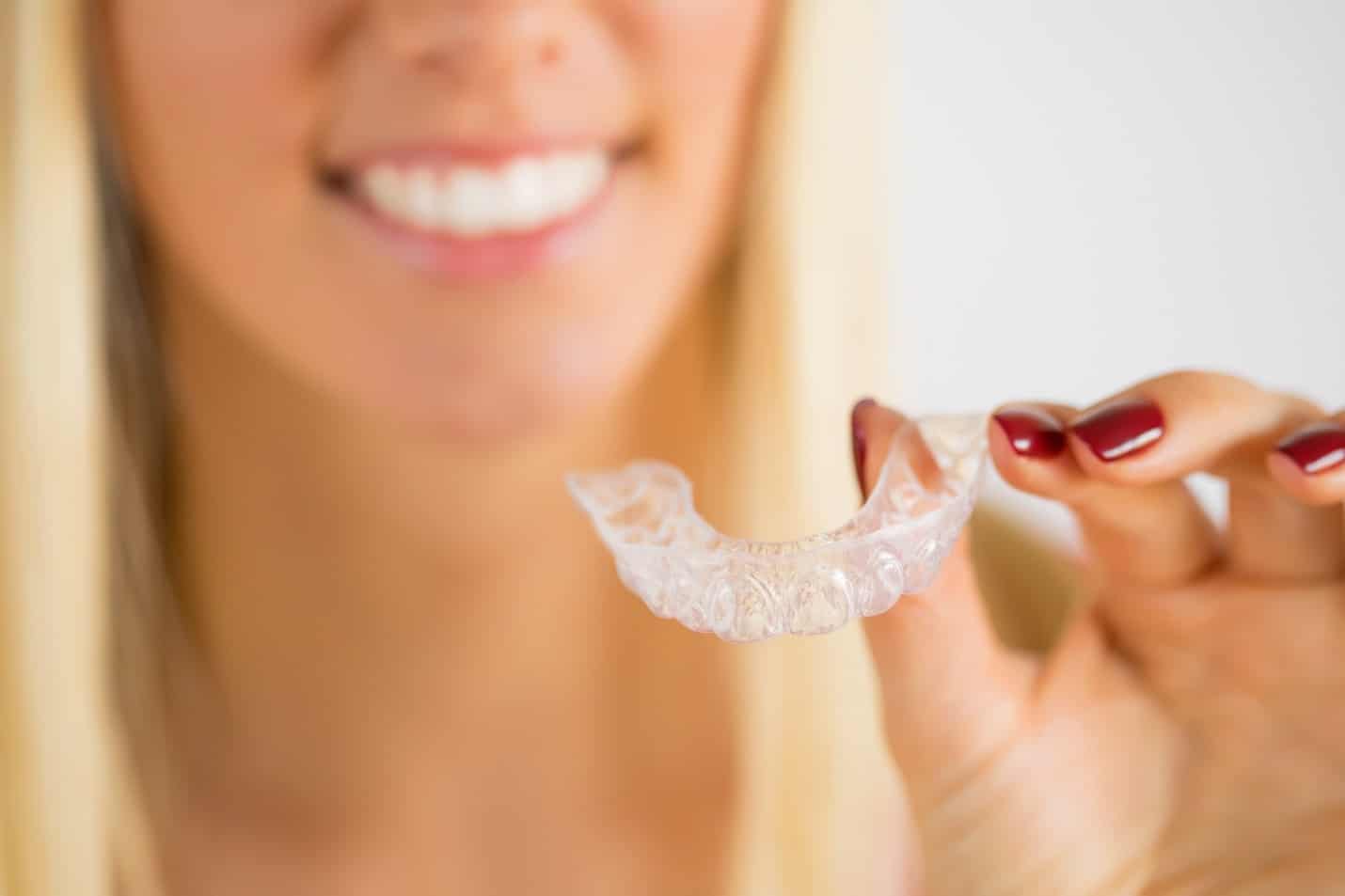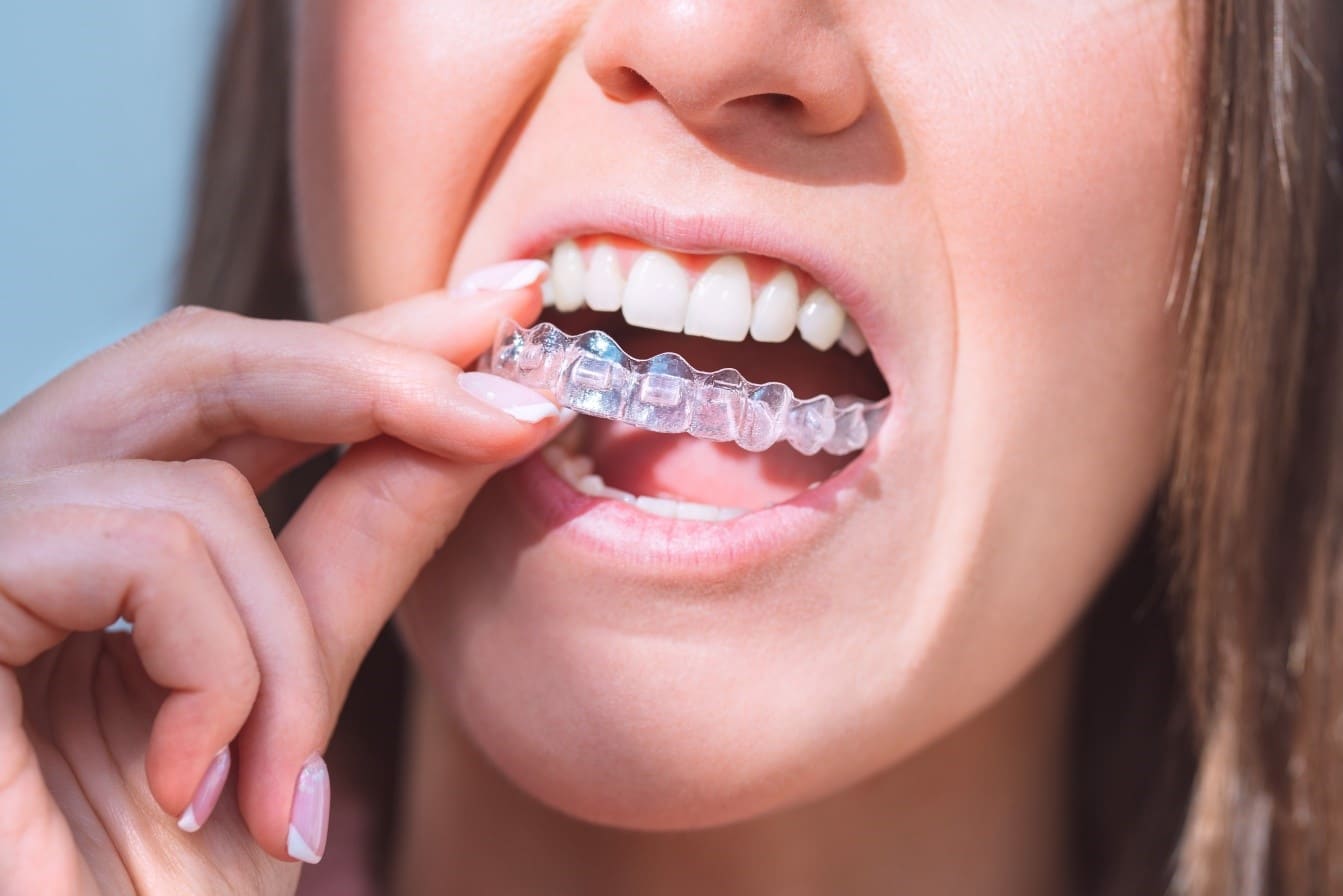Orthodontic treatment is one of the most popular and best options for a reason. It has become more inventive in recent years, with apparatuses like lingual braces. Traditional braces can annoy many people, so they all prefer lingual braces.
Whereas, Traditional braces are used in orthodontic treatment to help teeth gradually regain their position over time. Also, straighten teeth and treat severe dental issues. If you’re considering lingual braces, here’s what you need to know about them.
What are Lingual Braces?
Lingual braces are commonly known as orthodontic solutions with better cosmetic results. These are fantastic ways to enhance your bite and straighten your teeth.
Therefore, they are an excellent option for many seeking more subtle orthodontic treatment. Lingual braces are custom-made to fit each tooth’s shape, making them more comfortable than traditional braces. Ask about affordable braces Miami with your dentist to see whether they work for you well.
How do Lingual Braces Work?
Lingual braces Miami work the same as conventional ceramic braces; they are placed on the tongue side of the teeth by applying gentle pressure, gradually shifting them into position. Placing them at the back of the teeth addresses many orthodontic problems, such as crooked teeth, crowded teeth, gaps between teeth, overbites, underbites, and crossbites.
What can you eat with lingual braces?
One of the people’s biggest concerns is what they will consume throughout orthodontic treatment. You’ll need to be extra careful when eating after wearing lingual braces, as some foods can harm the brackets and wires. Some foods you can eat include:-
- Soft cheese, milk, yogurts, Pasta, custard
- Fruit like bananas and berries
- Steamed vegetables, mashed potato, carrot
- Vegetables chopped up into smaller pieces
- Soft and muffins, fluffy bread, pastry
- Sliced or slow-cooked meats
Are lingual braces painful?
Like any Biscayne Park orthodontist treatment, some discomfort is associated with wearing lingual braces. Initially, you may experience some soreness and tenderness as your mouth adjusts to the braces.
In addition to discomfort, you may also experience some difficulty speaking and eating in the first few weeks of treatment. This is normal; most people adjust to braces within a few weeks.
Also, it’s worth noting that lingual braces are attached to the back of the teeth, and cleaning traditional braces can be more challenging. Hence, You’ll need to be diligent about brushing and flossing to keep your teeth and gums healthy throughout treatment.
Conclusion
Lingual braces are an excellent orthodontic treatment option for people seeking a more discreet way to straighten their teeth. While they require some adjustments to your eating habits and oral hygiene routine, they can be an amazing choice for people who want to improve their smile without paying attention to their braces. Further, If you’re considering lingual braces, talk to your orthodontics specialists to see if they’re right.
Congrats! You’ve Finished This Blog.




